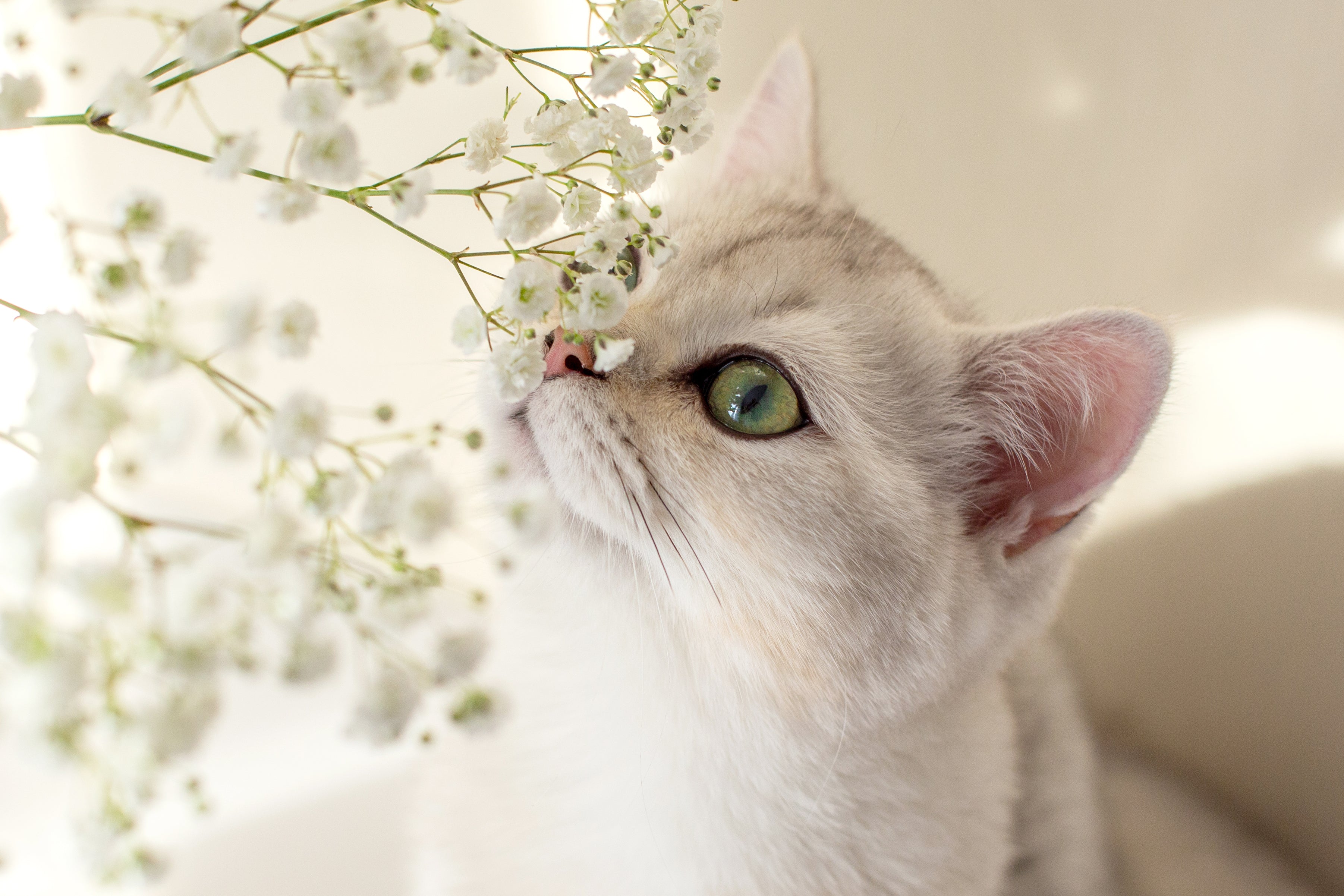Check out before these deals are gone!













































By subscribing, you agree to receive email marketing from Petlibro. Privacy Policy | Terms of Service


*Voucher is non-refundable and only one can be used per order, starting 11/13.


By subscribing, you agree to receive email marketing from Petlibro. Privacy Policy | Terms of Service


Code is valid for 72 hours and can be used for one order only. Code can’t be combined with other codes.
Discounts cannot be used toward new product launches.


Open to legal U.S. residents, 18 years or older. Void where prohibited. Giveaway begins on 08/26/2025 and ends on 09/15/2025 at midnight PST. Three winners will each receive a limited-edition Petlibro PR Kit, which includes the Scout Smart Camera and select branded merch. Winners will be chosen at random and notified via Instagram or email (depending on entry format) by 09/30/2025. If a winner does not respond within 48 hours, another may be selected. Odds of winning depend on the total number of eligible entries received. Only one email entry per person will be counted, though additional entries may be submitted through the bonus methods described above. Petlibro is not liable for any issues that arise from participation or use of the prize. Personal information will be collected and handled in accordance with our Privacy Policy.




Open to legal U.S. residents, 18 years or older. Void where prohibited. Giveaway begins on 08/26/2025 and ends on 09/15/2025 at midnight PST. Three winners will each receive a limited-edition Petlibro PR Kit, which includes the Scout Smart Camera and select branded merch. Winners will be chosen at random and notified via Instagram or email (depending on entry format) by 09/30/2025. If a winner does not respond within 48 hours, another may be selected. Odds of winning depend on the total number of eligible entries received. Only one email entry per person will be counted, though additional entries may be submitted through the bonus methods described above. Petlibro is not liable for any issues that arise from participation or use of the prize. Personal information will be collected and handled in accordance with our Privacy Policy.


First impressions matter, and it's essential to create a welcoming and comfortable space for your new cat the moment they step into your house. Here are some steps to take before bringing them into your home:
Provide a safe retreat: Set up a secluded area with bedding, toys, and a litter box where your cat can retreat to when feeling overwhelmed or anxious.
Scent familiarization: Rub a soft cloth on your cat's face to collect their scent and gently rub it on furniture or other items in the house to help create a familiar environment.
Gradual introductions: If you have other pets, consider gradually introducing their scents before bringing them face-to-face. Swap bedding or use a barrier to allow them to get used to each other's scents without direct contact.

Careful introductions between your cat and any existing pets are crucial. These steps will ensure the process is as stress-free as possible:
Separate spaces: Initially, keep your new cat and other pets in separate areas of the house. This separation reduces stress and allows each animal to become familiar with the other's presence through smell and sound.
Controlled visual introduction: Once your cat and other pets are comfortable with each other's scent, allow them to see each other at a distance, using gates or screens to maintain physical separation. Observe their reactions and gradually increase their exposure over time.
Short supervised interactions: When both your cat and other pets display curious but calm behavior during visual introductions, you can start supervised face-to-face interactions. Keep these initial meetings short and positive, ensuring each animal feels safe and rewarded for good behavior.

Positive reinforcement is key to helping your cat associate their new environment and other pets with positive experiences. Consider the following techniques:
Treat-based training: Use treats or small rewards to associate positive experiences with interactions among pets. Reward calm behavior and gradually increase the duration of their time together.
Play sessions: Engaging your pets in interactive play sessions can help them bond and release pent-up energy. Use toys that encourage cooperative play, such as feather wands or puzzle toys that dispense treats.
Individual attention: Make sure to spend quality time with each of your pets individually to avoid jealousy and maintain the bond you have built with them.
Every cat is unique, and patience is key throughout the process of introducing them to a new environment and other pets. We recommend staying attentive and following these tips:
Monitor body language: Observe your cat's body language and behavior during interactions. Look for signs of stress, fear, or aggression, and intervene calmly if necessary.
Gradual increase freedom: As your cat becomes more comfortable, gradually expand their territory by allowing them access to more areas of the house. This expansion should be done slowly and supervised.
Seek professional help if needed: If you encounter difficulties or persistent issues, consult with a veterinarian or a professional animal behaviorist who can provide specific guidance and support.
Helping your cat adjust to a new environment and other pets requires time, patience, and careful planning. By following the steps outlined in this article and providing a supportive and positive environment, you can ensure a successful integration and foster a harmonious household for your feline companion and other pets. Remember that every cat is unique, and you will need to tailor your approach to their special personality. With love, understanding, and a gradual introduction, you and your new cat will be enjoying a happy and cohesive family dynamic in no time!